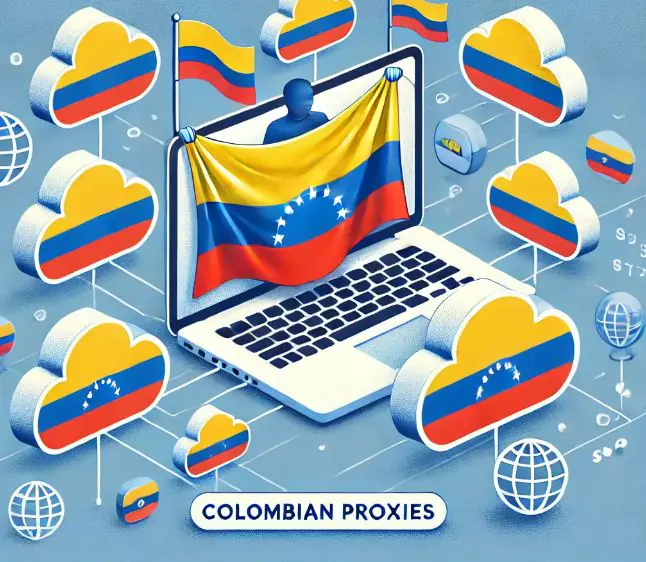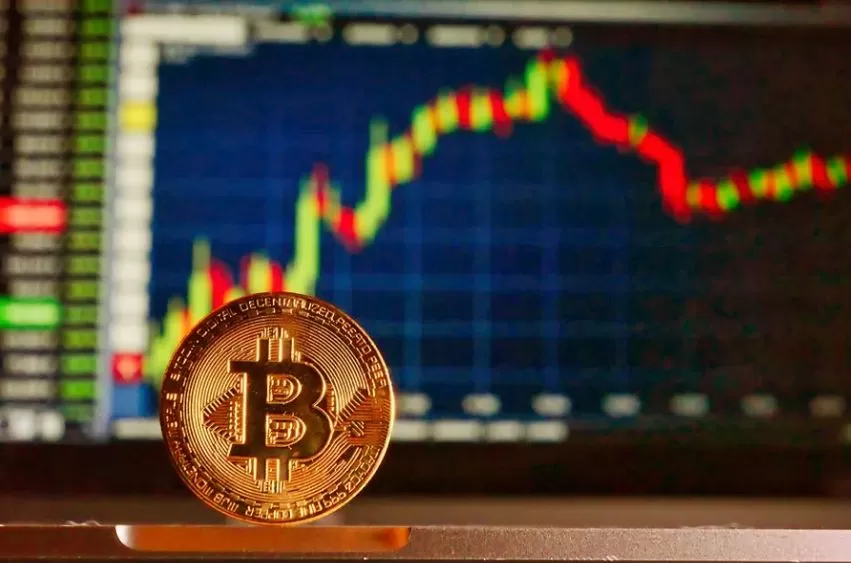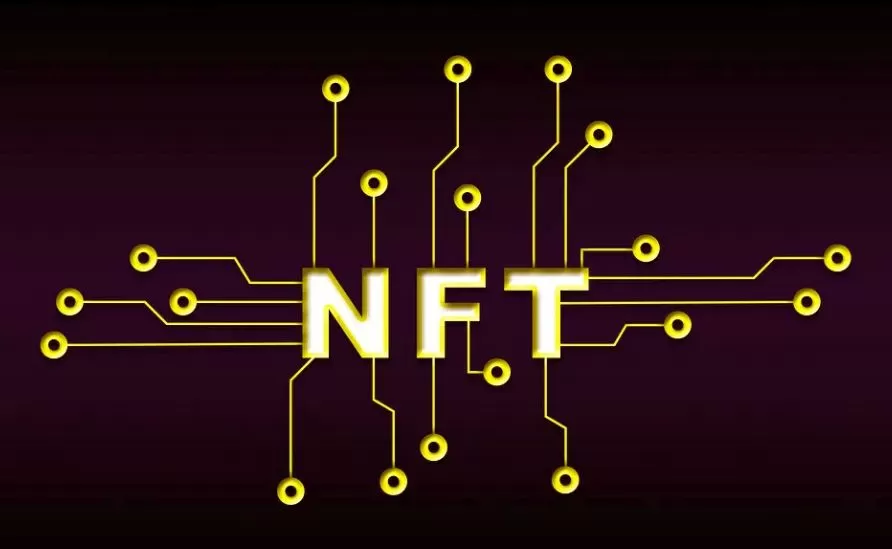NFTs: Why Is OpenSea More Popular Than Other Marketplaces?
The NFTs market has exploded in the last two years. Last year, the overall trading volume of the NFT topped $23 billion, an astounding increase from the $100 million it witnessed in 2020. NFT marketplaces are the ticket to trading NFTs if you’re interested in getting in on the NFT craze, much like point spreads betting would be your ticket to capitalizing on margins in sports betting.
Consider NFT markets as the Amazon of the digital world. There are dozens of NFT markets catering to specialized sectors or specialties. You might be wondering what NFTs and OpenSea are. Read on to find out more.
What Are NFTs?
NFTs are non-fungible tokens recorded transparently on the blockchain. You may use them to prove ownership of physical and digital assets in a tamper-proof manner. Anything may be tokenized, including digital art, music, in-game, and assets in the real world.
These digital tokens have gained a lot of traction as a way for artists to secure intellectual property. You must go to an NFT marketplace to explore, purchase, sell, or build your very own NFT.
What Is OpenSea?
OpenSea is a decentralized platform for buying and trading NFTs. By transaction volume, it’s now the largest NFT marketplace. In January 2022, OpenSea transacted slightly under $5 billion in trading volume, indicating a remarkable increase over the previous year.
Given that the NFT marketplace only witnessed $21 million in trade volume for the full year of 2020, OpenSea’s results are excellent. eBay is a nice Web2 in contrast to OpenSea being a Web3. Users of the site, similar to eBay, may list things for sale, and other users can bid on them.
On the other hand, the commodities on eBay are tangible things, whereas the goods on OpenSea are digital NFTs. Instead of applications operating on centralized servers, OpenSea is run by smart contracts on the Ethereum blockchain. The platform allows digital artists and content producers to mint NFTs, establish unique markets and NFT collections, set fees for their tokens, and sell them through auctions.
What Draws Creators to OpenSea?
One of the key benefits that OpenSea provides developers is the ability to mint NFTs for free utilizing the Polygon-based gas-free marketplace on the platform. By choosing the gas-free marketplace, authors avoid paying the Ethereum network’s transaction costs, often known as gas fees. Another benefit is that the NFT’s original author can set up a royalty payout for each secondary-market sale of the token in perpetuity.
Buyers may quickly search through NFT collections, filtering by price, status, native blockchain, and token rarity. Also,buyers can cast a bid, make an offer, or purchase right away and pay the NFT’s asking price, depending on the kind of auction. Buyers may also view each NFT’s purchase history, including how many times it was sold, who purchased it, and how much it cost.
More than a dozen crypto wallets are supported by OpenSea, with MetaMask and Coinbase wallets being the most popular.
What Sets OpenSea Apart?
For new users who want to get into the NFT market, the platform is a good choice of NFT marketplace. It’s by far the most popular and largest NFT marketplace. Rarible, Art Blocks, Foundation, and LooksRare are some of its competitors.
Many competing NFT markets are niched and tailored to cater to a certain user base. OpenSea, on the other hand, appeals to practically every demographic. According to social media data, OpenSea has the most Twitter followers in the NFT industry and the fastest growth rate compared to competitors.
While OpenSea focuses on increasing the number of buyers and sellers, Foundation focuses on exclusivity. Anyone can purchase an NFT on the marketplace, but artists must be asked to join by community members.










